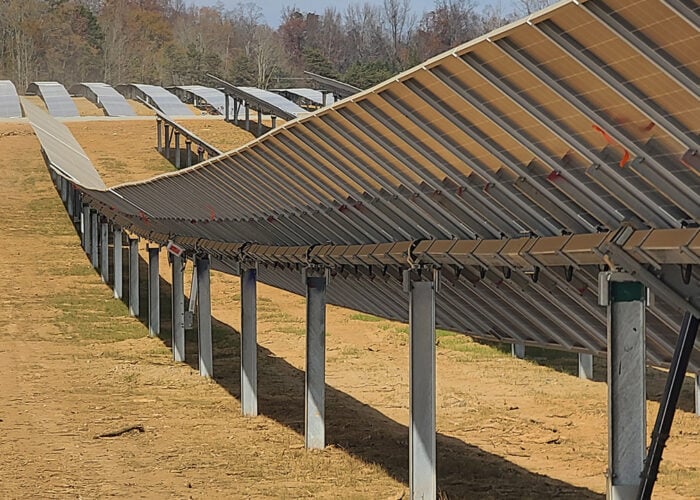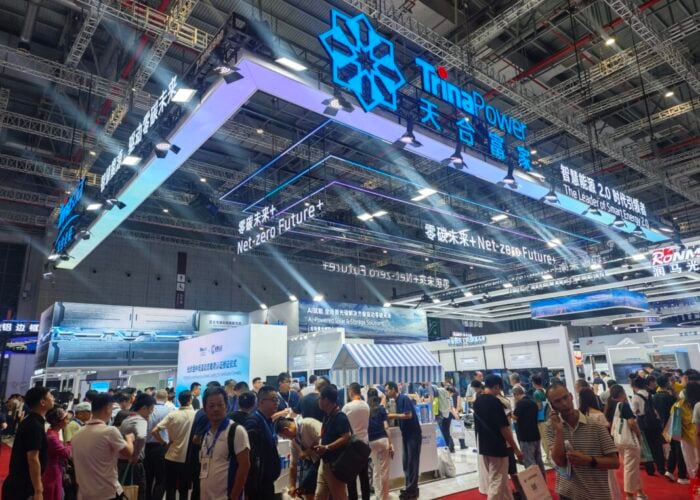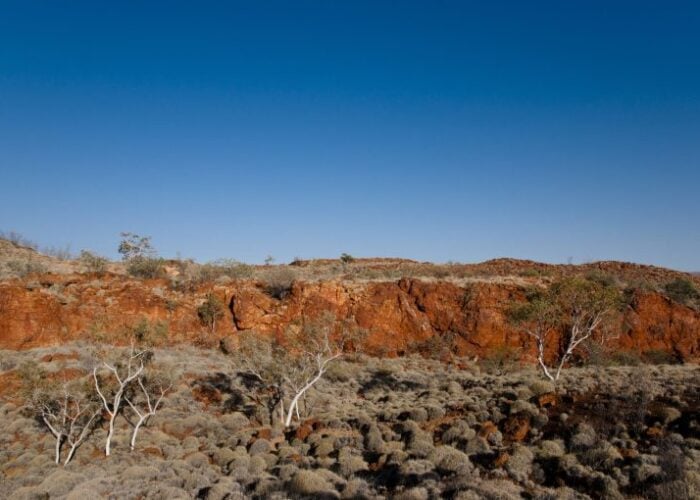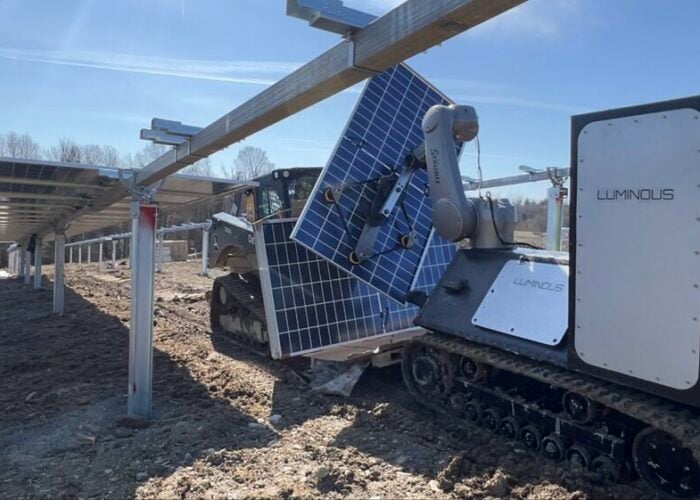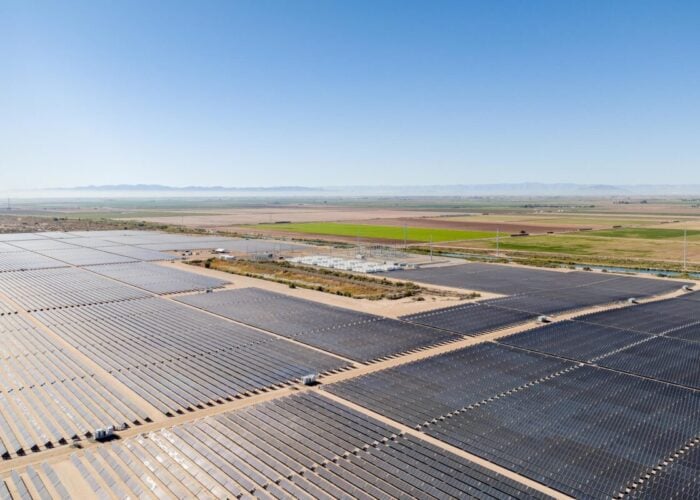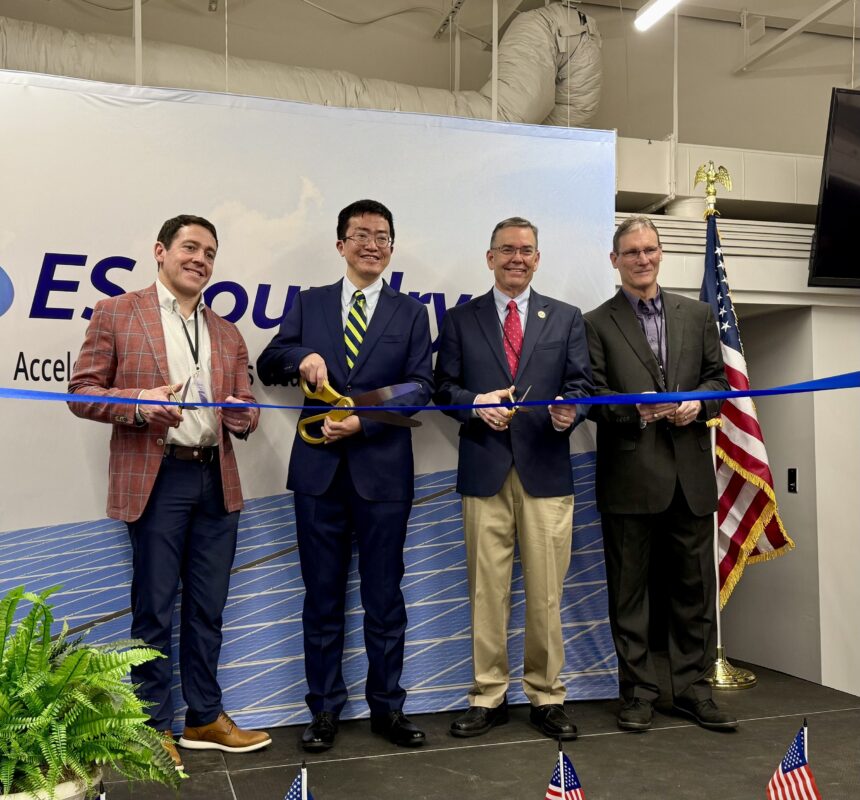
US solar cell manufacturer ES Foundry has signed a 300MW supply deal with lightweight module producer Bila Solar for its passivated emitter rear contact (PERC) silicon solar cells.
The deal follows the start of production at ES Foundry’s 3GW nameplate capacity manufacturing plant in January. The South Carolina facility will ramp up to full production capacity by Q3 this year, the company said.
Unlock unlimited access for 12 whole months of distinctive global analysis
Photovoltaics International is now included.
- Regular insight and analysis of the industry’s biggest developments
- In-depth interviews with the industry’s leading figures
- Unlimited digital access to the PV Tech Power journal catalogue
- Unlimited digital access to the Photovoltaics International journal catalogue
- Access to more than 1,000 technical papers
- Discounts on Solar Media’s portfolio of events, in-person and virtual
The cells shipped under ES Foundry’s “multi-year” deal with Bila Solar will be used to produce a new line of 550w aluminium-framed glass modules at the latter’s Indianapolis, Indiana production facility. When the site first opened it produced glassless, lightweight and flexible modules for specialist applications, but the company said it was expanding a production line for “conventional” rigid modules.
Ken Johnston, vice president of sales at ES Foundry said the deal “underscores the increasing market confidence in American-made solar cells” and that “This reduces reliance on imports and reinforces the US as a global leader in clean energy manufacturing.”
ES Foundry is one of relatively few companies which have begun producing solar cells in the US. Most of the manufacturing expansions in the country’s solar production renaissance have been for module capacity, which has left the US still heavily reliant on imported solar cells, wafers and other upstream components.
Supply deals and cell expansion plans have been announced, such as the recent deal between Talon PV and SEG Solar for n-type solar supply starting in 2026 and investments from Silfab and Hanwha Qcells in domestic cell production capacity. However, to date these announcements do not come close to the reported 50GW of nameplate module production capacity now operational in the US.
ES Foundry spoke to PV Tech Premium last week about its decision to produce PERC technology cells at a time when the majority of the solar industry – led by the major Chinese manufacturers – is shifting to n-type tunnel oxide passivated contact (TOPCon) technology.
It said the partnership with Bila Solar “can help solar developers access the ITC’s 10% domestic content bonus credit, particularly on ground-mount projects such as fixed-tilt and carport solar applications.” The domestic content bonus, like many other tax credits introduced under the Biden administration’s Inflation Reduction Act (IRA), has an uncertain future under the new presidency. Energy analyst Clean Energy Associates (CEA) published a report analysing the possible changes to the domestic content bonus last week.

